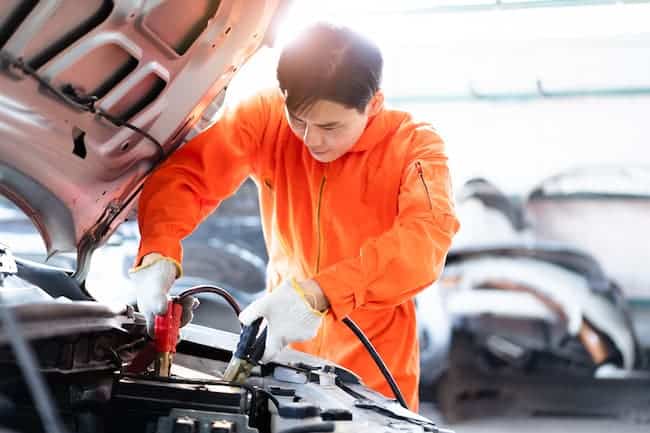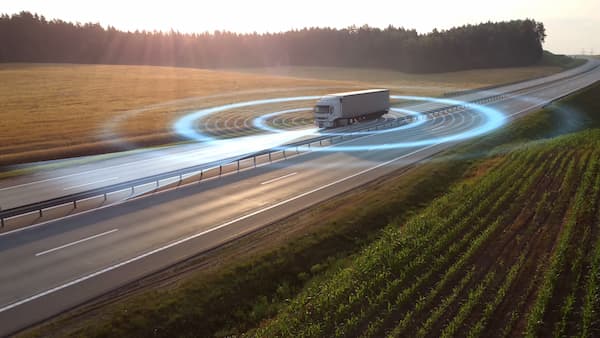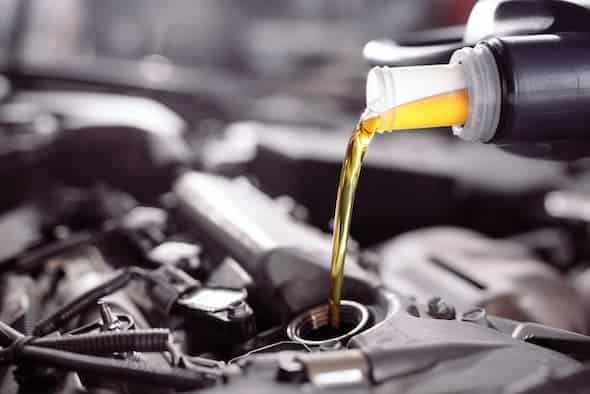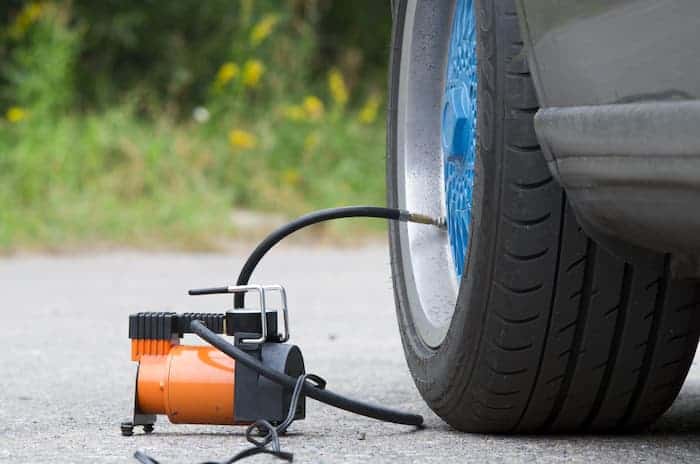In general, it is recommended that you run your car for at least 30 minutes after a jumpstart to ensure that your battery gets fully charged. This time frame may vary depending on the factors mentioned above.
The length of time you should run your car after a jumpstart can depend on several factors, including the age and condition of your car’s battery, the type of battery, and the level of discharge.
Table of Contents
Toggle- Understanding how jumpstarting works
- Will a car battery charge while idling?
- Factors that can affect how long you need to run your car after jumpstarting it
- 5. Signs that your car battery is fully charged
- 6. Tips for maintaining your car battery
- Can jumpstarting a car damage the alternator?
- What is the proper way to connect jumper cables to a car?
- Can a car battery be too dead to jumpstart?
- What should I do if my car won’t start after jumpstarting it?
- Using a Jump Starter for Emergency Car Starting
Understanding how jumpstarting works

Jumpstarting your car involves using the battery from another car to provide the initial boost of power needed to start your own car. The process involves connecting jumper cables from the working car’s battery to the dead car’s battery. Once the dead car’s battery is charged enough to start the engine, you can disconnect the cables and let the car run for a while to recharge the battery fully.
Will a car battery charge while idling?
When you jumpstart your car, the battery receives an initial boost of power, but it’s not fully charged. To ensure that the battery is fully charged and ready to go, you need to keep the car running for a while. Running the car helps the alternator recharge the battery and ensures that the battery is ready to start the car the next time you need it.
Factors that can affect how long you need to run your car after jumpstarting it
There are several factors that can affect how long you need to run your car after jumpstarting it. These include:
- The age and condition of the battery: If your battery is old or in poor condition, it may take longer to charge fully.
- The level of charge in the battery: If the battery is almost fully charged, it won’t take as long to charge it fully.
- The amount of time the car has been sitting without running: If the car has been sitting for a long time without running, the battery may be more depleted and require a longer charging time.
5. Signs that your car battery is fully charged
There are several signs that your car battery is fully charged and ready to go. These include:
- The headlights are bright and don’t dim when you turn on other electrical components.
- The car starts easily and without hesitation.
- The voltage reading on your car’s dashboard is between 13.7 and 14.7 volts.
6. Tips for maintaining your car battery
To ensure that your car battery stays in good condition and lasts as long as possible, there are several things you can do. These include:
- Keeping the battery terminals clean and free of corrosion.
- Driving your car regularly to keep the battery charged.
- Avoiding leaving
Additionally, if your battery is not fully charged, it may not be able to power all the electrical systems in your car, leading to issues such as dimming headlights, a weak horn, or a malfunctioning radio.
Can jumpstarting a car damage the alternator?
Jumpstarting a car should not damage the alternator as long as you connect the cables correctly and avoid touching the clamps together. However, if your alternator was already damaged, jumpstarting your car may cause further issues.
What is the proper way to connect jumper cables to a car?
First, make sure both cars are turned off and parked close together. Then, attach the red jumper cable to the positive (+) terminal of the dead battery and the other end to the positive terminal of the working battery. Next, attach the black jumper cable to the negative (-) terminal of the working battery and the other end to an unpainted metal surface on the dead car, such as a bolt or engine block. Finally, start the working car and let it run for a few minutes before attempting to start the dead car.
Can a car battery be too dead to jumpstart?
If a car battery is completely dead and cannot hold a charge, it may be too far gone to be jumpstarted. In this case, you may need to replace the battery.
What should I do if my car won’t start after jumpstarting it?
If your car won’t start after jumpstarting it, there may be a problem with the battery or another part of the car’s electrical system. You may need to have it inspected by a professional mechanic to determine the cause of the issue.
Using a Jump Starter for Emergency Car Starting
After jumpstarting your car using a jump starter, you should leave the jump starter connected to your car’s battery for at least 5-10 minutes before attempting to start the engine. This will allow the battery to recharge and build up enough power to start the car on its own.




